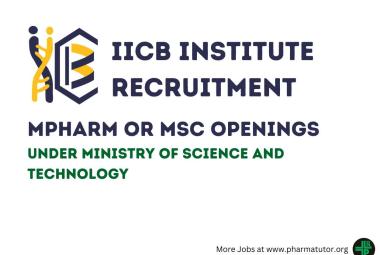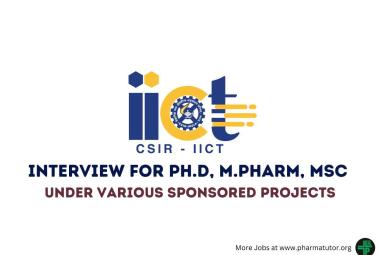RECENT TRENDS IN ORAL DRUG DELIVERY: MOUTH DISSOLVING TABLETS
 About Authors:
About Authors:
Soniya1*, Tarun Parashar1, Satyanand Tyagi2, Patel Chirag J3, Rishikesh Gupta4
1*Department of Pharmaceutics, Himalayan Institute of Pharmacy and Research, Rajawala, Dehradun, Uttarakhand, India-248002.
2President, Tyagi Pharmacy Association & Scientific Writer (Pharmacy), Chattarpur, New Delhi, India-110074.
3Department of Pharmaceutics, Maharishi Arvind Institute of Pharmacy, Mansarovar, Jaipur, Rajasthan, India-302020.
4Institute of Pharmacy, Bundelkhand University, Jhansi, Uttar Pradesh, India-284128.
*soniyarani487@gmail.com 08006939832/09999261031
ABSTRACT:
To obviate the problems associated with conventional dosage forms, mouth dissolving tablets have been developed having good hardness, dose uniformity, easy administration, faster disintegration without water and serves as the first choice of dosage form for pediatrics, geriatrics and traveling patients. Mouth dissolving tablets (MDTs) are also known as fast melting tablets, fast disintegrating tablets, fast dissolving/dispersing tablets or melt in mouth tablets.This article gives a brief review of mechanism of action, technologies used now a day for MDTs,Some of promising drug candidates for MDT and evaluation parameters MDTs.Due to wide significance of MDT, this drug delivery system may lead to better patient compliance and ultimate clinical output.



 About Authors:
About Authors:  About Authors:
About Authors: About Authors:
About Authors: About Authors:
About Authors:  About Authors:
About Authors: About Authors:
About Authors:  About Authors:
About Authors:  About Authors:
About Authors: 







.png)

